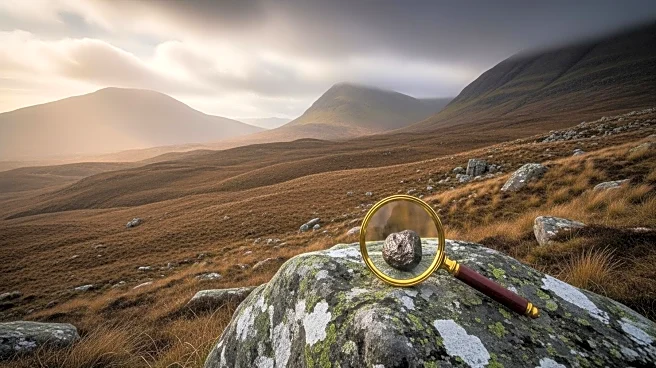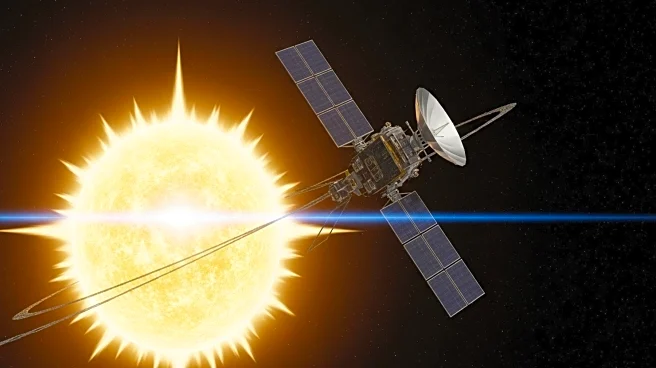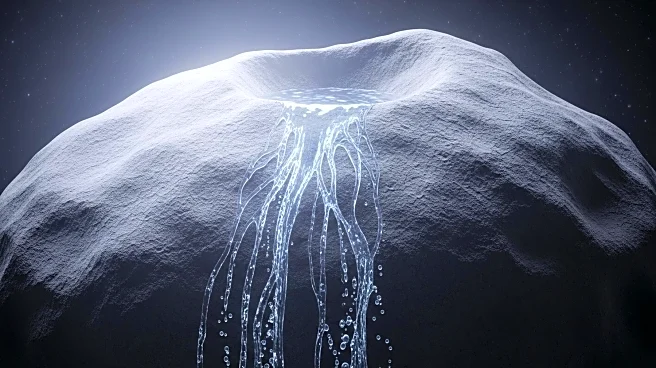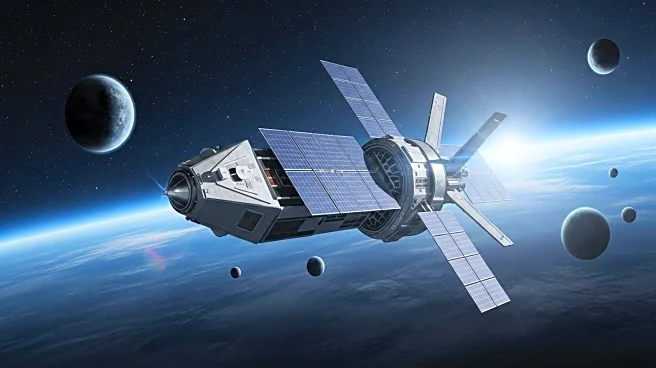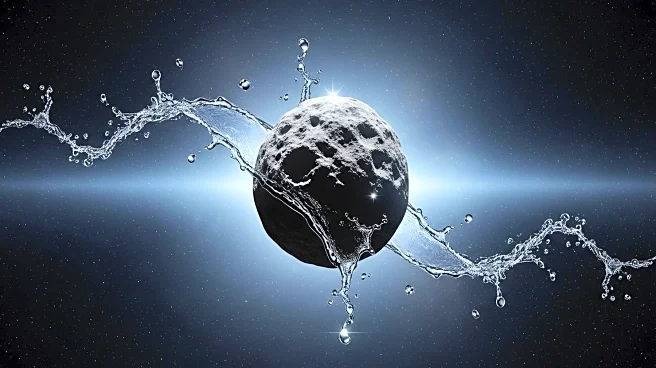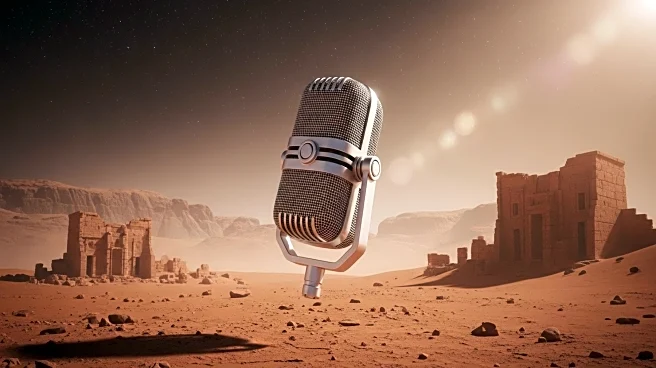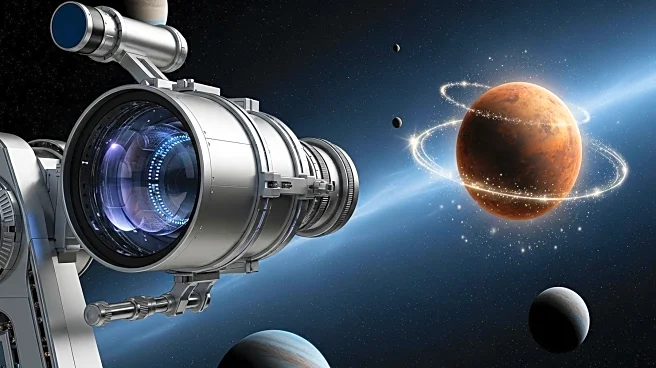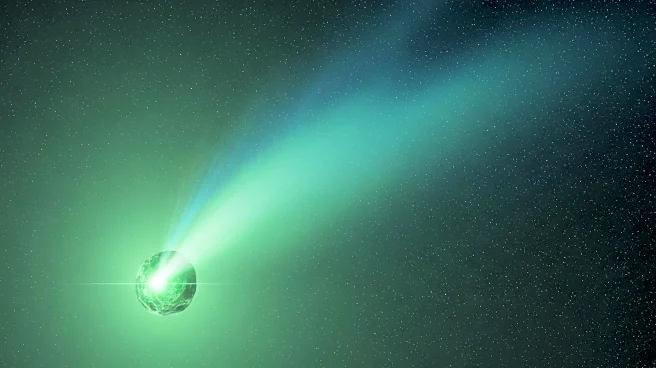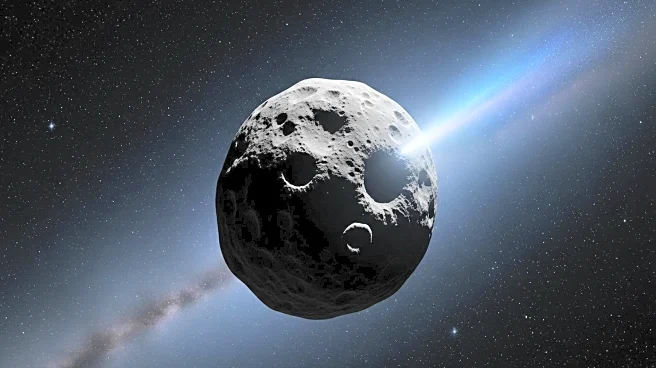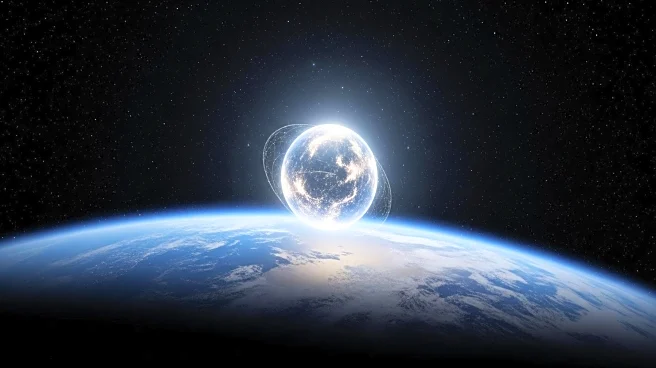What's Happening?
Researchers from the UK Fireball Alliance have identified a 20km area near Dalwhinnie, Scotland, where meteorite fragments are likely to have landed following a meteor sighting on July 3. Hillwalkers are encouraged to collect samples of shiny, black rocks to aid research into the formation of Earth and the solar system. The meteor was visible from the Isle of Lewis to Edinburgh, captured on numerous cameras. Dr. Aine O'Brien from the University of Glasgow advises walkers to wrap found fragments in foil or clean bags to preserve them. The search area includes challenging terrain, making the task akin to finding a needle in multiple haystacks.
Why It's Important?
Meteorites offer valuable insights into the early solar system, acting as time capsules that can enhance scientific understanding of planetary formation. The initiative to involve the public in scientific research highlights the importance of citizen science in expanding research capabilities. Discovering meteorite fragments in Scotland would be significant, as it has been over a century since such a find in the region. The collaboration between researchers and the public could lead to breakthroughs in understanding cosmic events and their impact on Earth.
What's Next?
Researchers will continue to analyze data from public videos and tracking cameras to refine the search area. Hillwalkers who find potential meteorite fragments are encouraged to document their location and contact the UK Fireball Alliance. The ongoing search may lead to organized expeditions to recover larger fragments. Successful identification and collection of meteorites could result in further scientific studies and publications, contributing to global knowledge of meteorite impacts.
